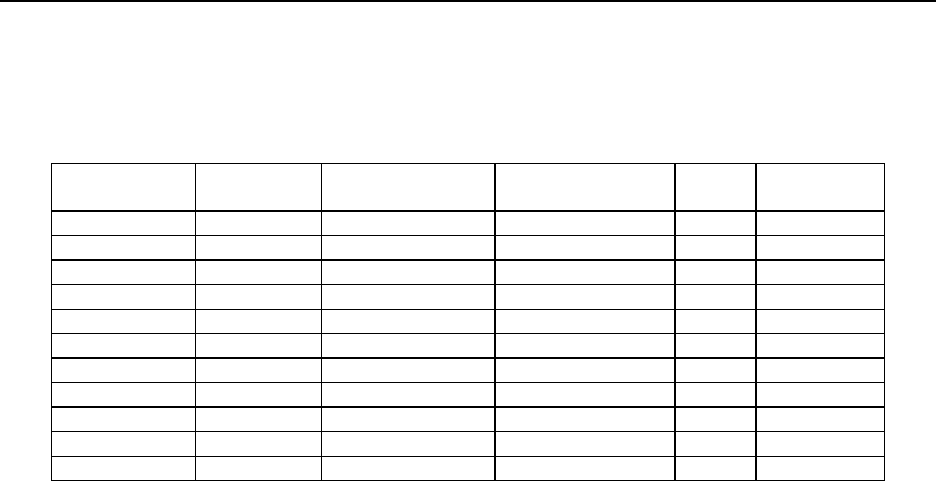Specifications
Table Of Contents

Port Powered Insertion Reader
2
CONFIGURATIONS
Table 1-1 lists the part numbers, single or dual head, head positions, and bezel types.
Table 1-1. Configurations*
Part Number Single or
Dual Head
Head Position** Bezel Track Head
Connector
21065085 Single Head down /left No Bezel 1-2 J3
21065086 Single Head up/right No Bezel 1-2 J2
21065087 Single Head down/left Extended Bezel 1-2 J3
21065088 Single Head up/right Extended Bezel 1-2 J2
21065089 Single Head down/left Flat Faced Bezel 1-2 J3
21065090 Single Head up/right Flat Faced Bezel 1-2 J2
21065091 Dual Both No Bezel 1-2 J2, J3
21065092 Dual Both Extended Bezel 1-2 J2, J3
21065093 Dual Both Flat Faced Bezel 1-2 J2, J3
21065097 Single Head down/left Flat Faced Bezel 2-3 J2
21065142 Dual Both Flat Faced Bezel 1,2,3 J2, J3
* Cables not supplied. (See Section 2 for descriptions of cables.)
** The magnetic stripe is inserted in the same orientation as the head position; for example,
Head down/left means Magnetic Stripe down or left.
MODES OF OPERATION
The Reader can operate in either unbuffered or buffered mode. The modes are described below.
The note that follows applies to both modes.
Note
The insertion and removal of the card must be done in a
continuous motion. If not, the Reader may not read the encoded
data properly. In that case, the Reader responds by either
transmitting the ASCII character “E” representing an error, or by
not transmitting any character, which indicates that the Reader
has not detected data and the card was not completely inserted.
Unbuffered Mode
When a card is inserted and removed, a read attempt is made during both insertion and removal.
If the read is successful, data (including the two sentinel characters) is sent to the PC. The data
is transmitted immediately after removing the card and not retained in the Reader.
When operating in the unbuffered mode, the Reader does not need to receive commands from the
host in order to transmit data or status characters, and data, if available; however, the Reader
does respond to an “Inquiry Command” by sending status characters. The inquiry command that
requests the transmission is the ESCAPE (ESC) character followed by “I” (0x49).










